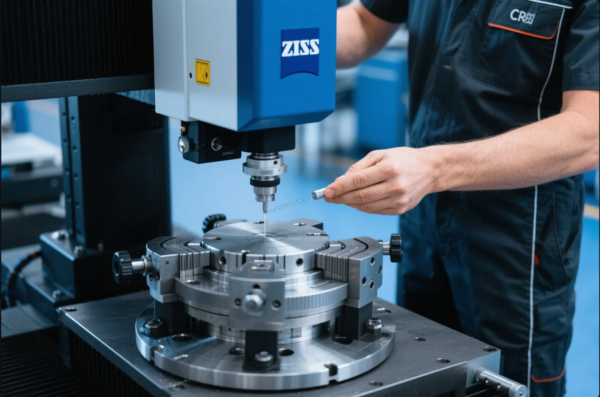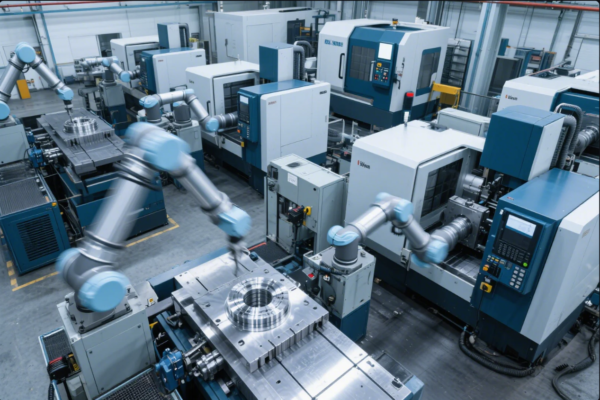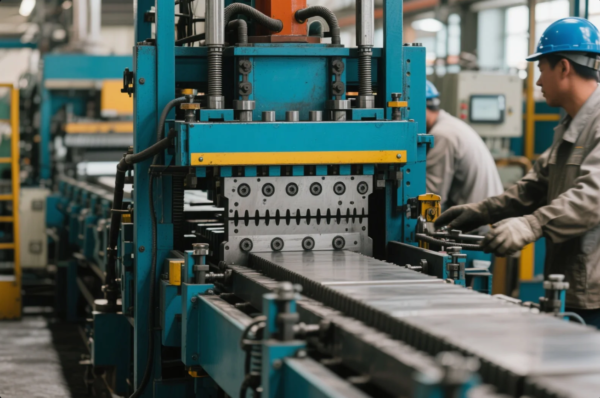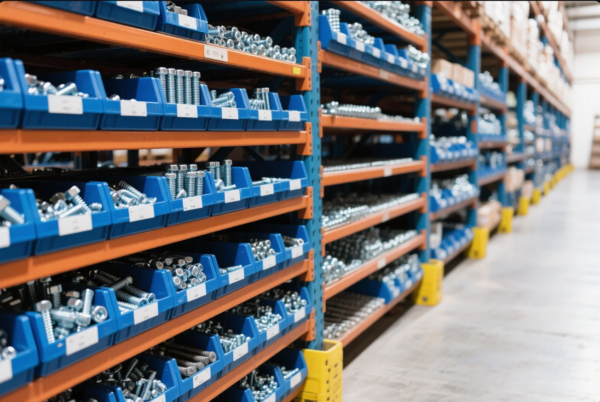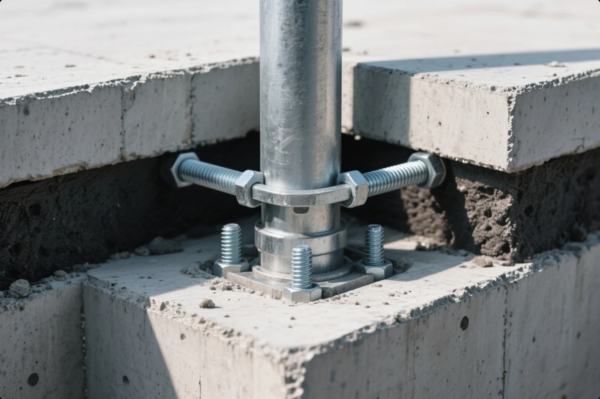What are the major parts of a structure?
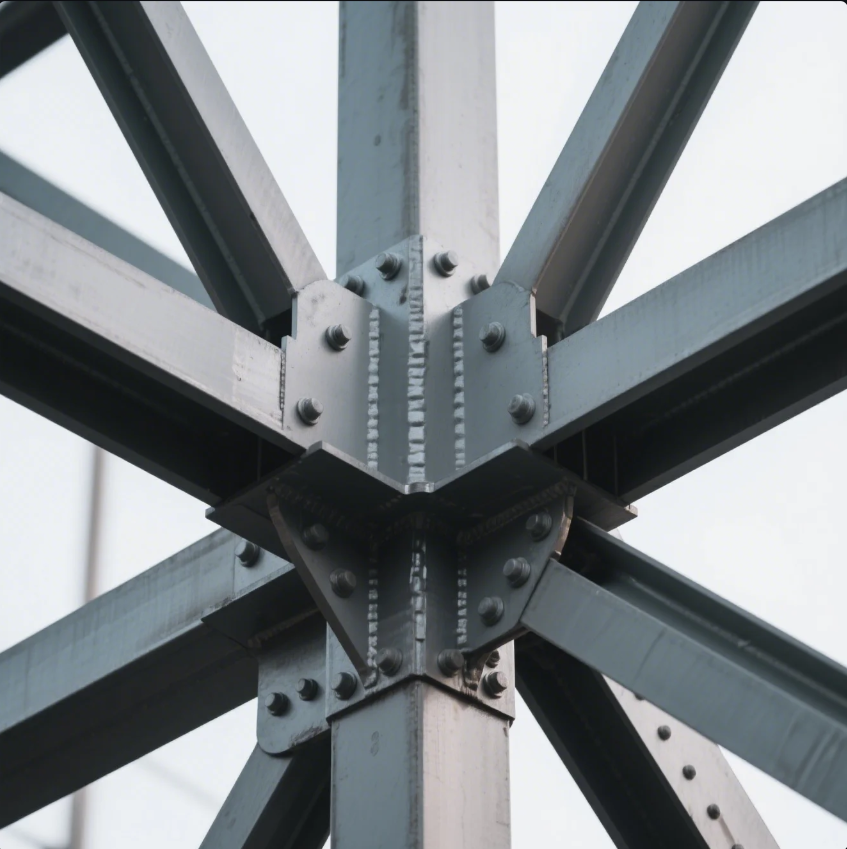
Structures, whether they’re buildings, bridges, or machines, are composed of several major parts that work together to ensure stability, functionality, and safety. Understanding the key components of a structure is essential for design, construction, and maintenance. Let’s explore these major parts and their roles in the overall integrity of a structure.
Snippet paragraph:
The major parts of a structure—such as beams, columns, foundations, and frames—provide essential support and stability. Let’s examine these parts and their roles in greater detail.
Transition paragraph:
Now, let’s dive into the critical components that make up the backbone of any structure and ensure its safety and strength.
What is the major part of a structure?
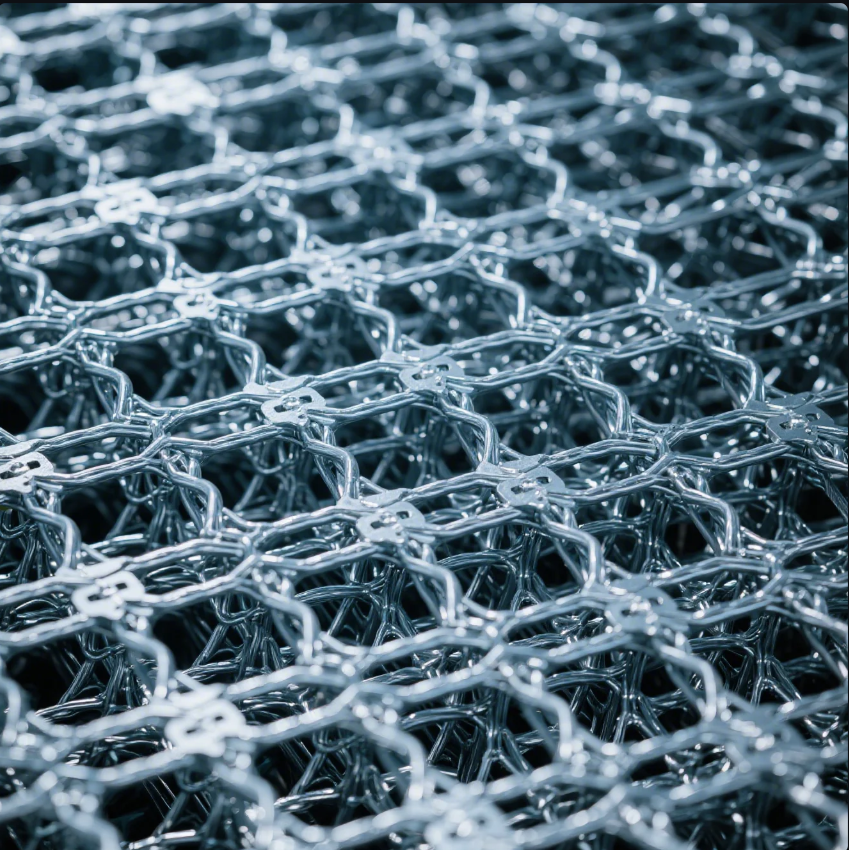
The major part of a structure refers to the primary components that provide its strength, stability, and function. These parts include beams, columns, foundations, and frames, each playing a key role in supporting the structure as a whole.
Snippet paragraph:
The major parts of a structure include beams, columns, foundations, and frames, all of which are crucial for maintaining stability and integrity.
Dive Deeper
-
Beams: Beams are horizontal structural elements that support weight and distribute loads across a structure. They’re often found in bridges, floors, and roofs.
-
Columns: Columns are vertical members that carry compressive loads. They transfer weight from beams and other structural components to the foundation below.
-
Foundations: Foundations anchor a structure to the ground and provide stability by spreading out the weight of the building or system over a larger area.
-
Frames: Frames are combinations of beams and columns that provide the overall skeletal structure of a building or machine. The frame allows the distribution of loads across multiple components.
Each of these components is essential in ensuring that the structure is strong, safe, and functional. Prime’s experience in manufacturing components such as CNC parts, stamping parts, and casting parts allows us to create these critical structural elements to meet international standards.
| Major Part | Function | Example Applications |
|---|---|---|
| Beams | Horizontal support for loads | Bridges, Buildings |
| Columns | Vertical support for weight and stability | Skyscrapers, Towers |
| Foundations | Anchor structure to the ground | Buildings, Bridges |
| Frames | Structural skeleton for the overall system | Multi-story buildings |
What are the 3 major components of a building structure?
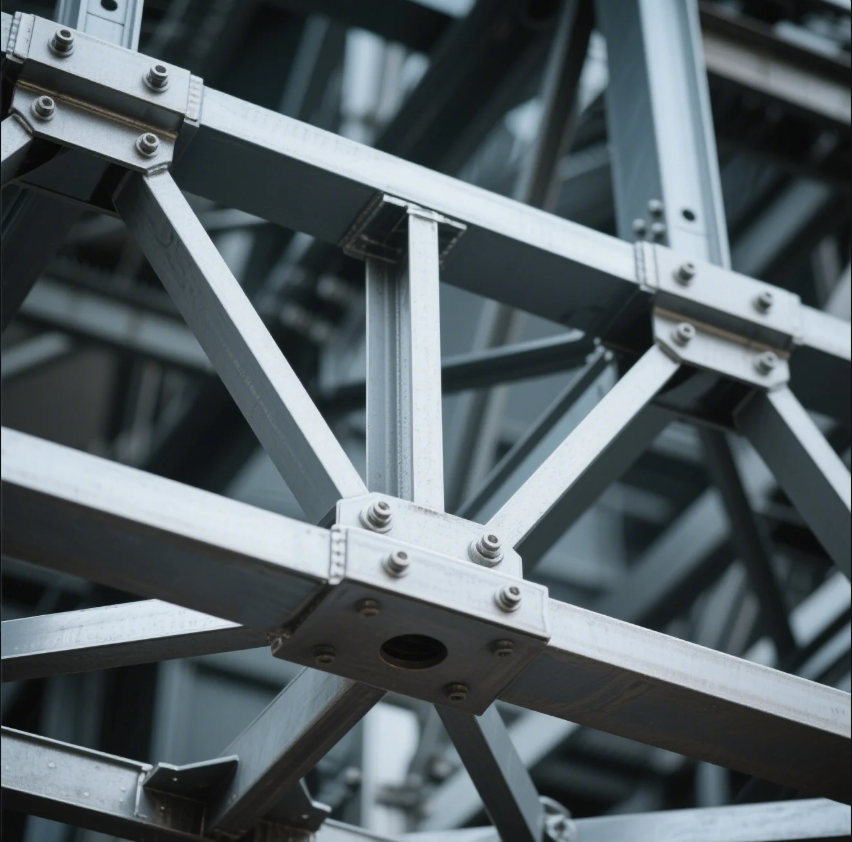
The three major components of a building structure are the foundation, the superstructure, and the roof. These parts are fundamental in providing stability and ensuring that the building functions properly.
Snippet paragraph:
The three major components of a building are the foundation, superstructure, and roof. Together, they form the core structure that supports the entire system.
Dive Deeper
-
Foundation: The foundation is the part of the building that is in direct contact with the ground. It distributes the weight of the building and provides stability, preventing the structure from sinking or shifting.
-
Superstructure: The superstructure refers to the part of the building above ground level. It includes columns, beams, walls, and floors. These elements support the roof and distribute the load from the roof and upper floors to the foundation.
-
Roof: The roof is the uppermost part of the building and serves to protect the interior from weather conditions. It can also contribute to the overall structural integrity by providing an additional load-bearing surface.
These three components work together to ensure that a building is stable, safe, and functional. Proper design and construction of each part are essential for the structure’s long-term performance.
| Building Component | Function | Example |
|---|---|---|
| Foundation | Distributes load, anchors structure | Concrete foundations |
| Superstructure | Supports roof and distributes loads | Columns, beams |
| Roof | Protects from weather, supports load | Flat, sloped roofs |
What are the 4 structural elements?
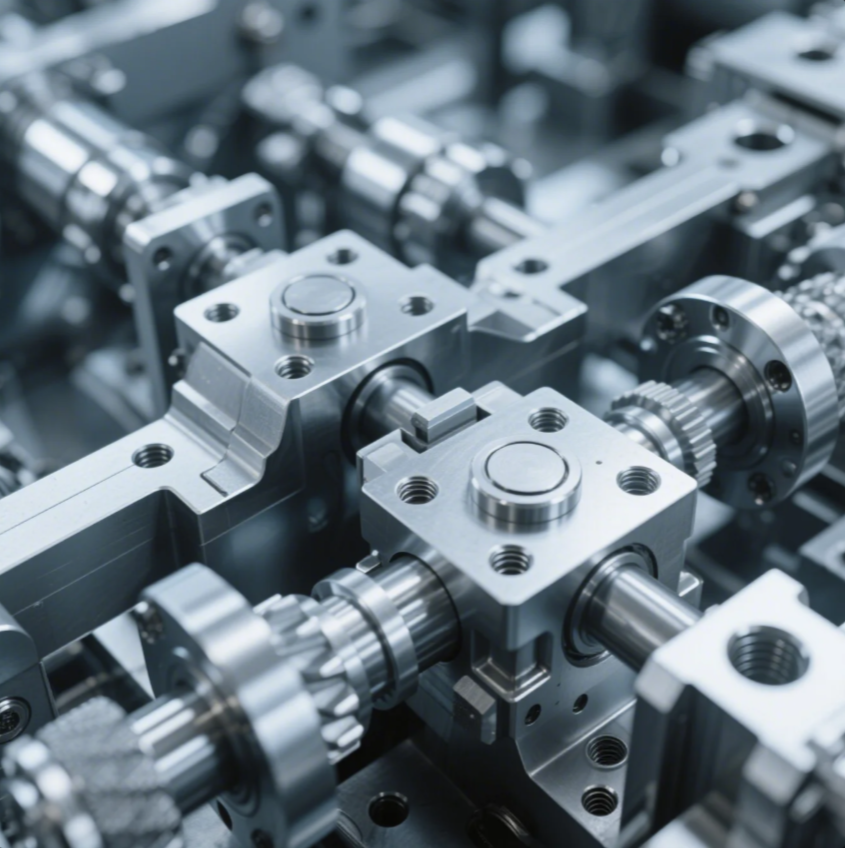
The four primary structural elements that form the backbone of a building or structure include beams, columns, frames, and supports. These components are fundamental in ensuring that the structure can bear loads, resist stresses, and maintain overall stability.
Snippet paragraph:
The four structural elements—beams, columns, frames, and supports—are essential for ensuring the structural integrity and stability of a system.
Dive Deeper
-
Beams: Beams are horizontal structural components that carry loads and distribute them across other structural elements. Beams are commonly used in bridges, roofs, and floors to span distances and support the weight of the structure.
-
Columns: Columns are vertical components that support beams and other elements above them. Columns are essential in multi-story buildings where they transfer the load from the upper levels to the foundation.
-
Frames: Frames are the skeleton of a structure, made from a combination of beams and columns. Frames provide the basic shape of a structure and distribute loads evenly across the system.
-
Supports: Supports are structures that hold beams, columns, or other components in place. They are used to help maintain the stability of the structure and prevent movement or failure.
These elements work together to create a cohesive structure capable of bearing weight, withstanding external forces, and maintaining stability over time.
| Structural Element | Function | Common Applications |
|---|---|---|
| Beams | Horizontal load-bearing component | Bridges, Floors |
| Columns | Vertical support | High-rise buildings |
| Frames | Combination of beams and columns | Multi-story buildings |
| Supports | Hold up other structural elements | Machinery, Bridges |
What are the main structural parts?

The main structural parts of any system are beams, columns, frames, foundations, and supports. These parts work in unison to form a stable and functional system capable of bearing weight and resisting external forces.
Snippet paragraph:
Main structural parts, including beams, columns, frames, foundations, and supports, provide essential support to a structure, ensuring stability and safety.
Dive Deeper
-
Beams: Beams are one of the most important components of a structure, often acting as the main horizontal supports for floors, roofs, and other elements.
-
Columns: Columns are the vertical supports that transfer weight from the beams and other structural elements to the foundation below. Columns are crucial for ensuring that tall buildings remain stable.
-
Frames: The frame is a combination of beams and columns that provides the structure’s overall shape and strength. Frames are often used in large buildings, bridges, and other infrastructure projects.
-
Foundations: Foundations are the first part of a structure to be built. They anchor the entire system to the ground and ensure that the weight of the structure is evenly distributed.
-
Supports: Supports are additional components used to stabilize beams, columns, and other parts of the structure. These elements help prevent movement and ensure that the system remains secure over time.
These main structural parts are fundamental for ensuring that a building, bridge, or machine functions safely and effectively.
| Main Structural Part | Function | Example |
|---|---|---|
| Beams | Horizontal supports for load-bearing | Floor beams, Roof beams |
| Columns | Vertical supports for weight and stability | Skyscraper columns |
| Frames | Structural skeleton made of beams and columns | Building frames |
| Foundations | Anchors the structure to the ground | Concrete foundations |
| Supports | Hold up and stabilize other structural parts | Machinery supports |
Conclusion
In conclusion, the major parts of a structure—beams, columns, foundations, frames, and supports—are essential in providing stability, strength, and functionality. Each part plays a critical role in ensuring that a system can bear loads and resist external forces. Understanding these components is essential for engineers and manufacturers alike. At Prime, we specialize in producing high-quality structural components such as CNC parts, stamping parts, and casting parts to meet global standards.

